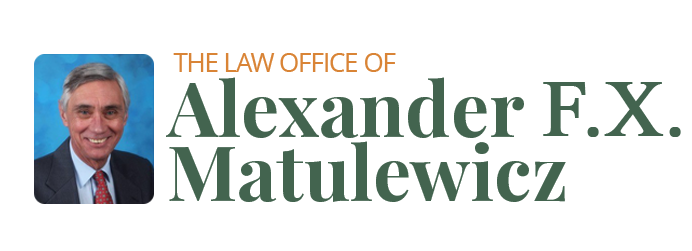The SECURE Act allows most beneficiaries a maximum deferral of 10 years. Unless one of the following four exceptions to this new rule applies, the entire balance of the account must be paid out within 10 years of the original account owner’s death. The SECURE Act provides these four exceptions to the new 10-year distribution requirement:
- A minor. The life expectancy payout method applies until the child reaches the age of majority (age 18 in Massachusetts) at which point the 10-year payout rule applies.
- A person with a disability which prevents him or her from being able to engage in any substantial gainful employment.
- A person who is certified as being chronically ill.
- A person who is less than 10 years younger than the retirement account owner.
- Under the prior law, if a trust was named as the beneficiary of a retirement account, the trust had to be a See-Through Trust to qualify for the stretch rule.
- Under the SECURE Act, to qualify for the payment within 10 years of an account owner’s death, a trust must also be a See-Through Trust.
- See-Through Trusts are either Conduit Trusts or Accumulation Trusts.
- For Conduit Trusts, the retirement account proceeds must be distributed to the trust’s conduit beneficiary(ies) when withdrawn from the retirement account. The trust may have estates and charities as remainder/contingent trust beneficiaries.
- For Accumulation Trusts, once distributed from the retirement account, the retirement account proceeds may remain in trust indefinitely, in accordance with the trust’s terms. The trust may not have an estate or a charity as a trust beneficiary.
- Other than Supplemental Needs Trusts, most trusts which were named as beneficiaries of retirement accounts under prior law were drafted as Conduit Trusts.
-
We believe that most of our clients with a trust named as beneficiary of their retirement accounts should replace the Conduit Trust provisions in their trusts with Accumulation Trust provisions. This is because under the new law, Conduit Trust provisions will require the entire retirement account to be distributed to the beneficiary within 10 years after the account owners’ death. Once distributed to the beneficiary, the retirement account funds are subject to attack by the beneficiary’s creditors, including a divorcing spouse, and are includible in the beneficiary’s own future estate for estate tax purposes. In contrast, the Accumulation Trust provisions would allow the retirement account proceeds to remain in trust – potentially for the beneficiary’s entire lifetime – thereby extending the creditor protection period and sheltering the retirement account balance from being included in the beneficiary’s taxable estate. Depending on the value of the retirement account, however, the Accumulation Trust could also cause the withdrawn retirement account proceeds remaining in trust to be subject to a higher income tax bracket.
A Supplemental Needs Trust is a trust established for a beneficiary who has a disability and may qualify for certain government benefits. As described above, (i) a person with a disability which prevents him or her from being able to engage in substantial gainful employment or (ii) a person who is certified as being chronically ill is not subject to the new 10-year maximum deferral but can take distributions over his or her life expectancy (the stretch rule). Similarly, if a Supplemental Needs Trust has been established for the benefit of such an individual, and that Supplemental Needs Trust is the beneficiary of a retirement account, the Trust may take distributions over that individual’s life expectancy. To qualify for the stretch rule, the Supplemental Needs Trust must contain certain provisions and qualify as an Accumulation Trust. Supplemental Needs Trusts which were executed in 2017 or later already include the Accumulation Trust provisions. However, older Supplemental Needs Trusts and any Supplemental Needs Trusts which include one or more non-disabled person(s) as beneficiaries in addition to a disabled beneficiary should be amended to incorporate the appropriate Accumulation Trust provisions.
-
To be continued on Jan 31st...

